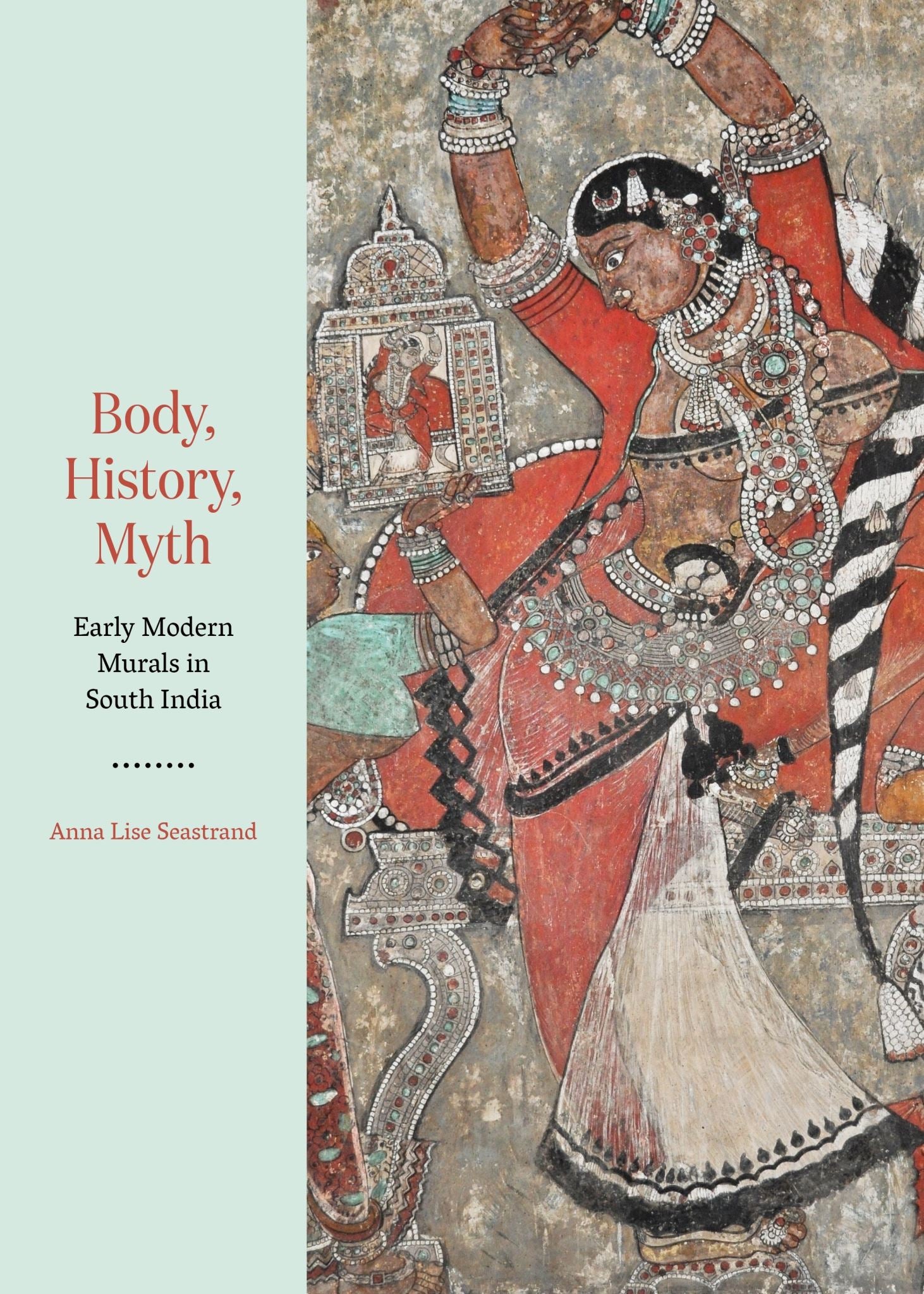Description
Discover the captivating world of South Indian murals with Body, History, Myth, the groundbreaking exploration of early modern temple art from 2024. This beautifully illustrated book from Princeton University Press delves into the rich tradition of murals that adorn the temples and palaces of Southern India. Each page offers a mesmerizing array of historical narratives, mythic landscapes, and intricate Tamil and Telugu inscriptions that bring to life the devotional poetry of the era.
The author, Anna Lise Seastrand, presents an innovative perspective on how these stunning murals do not merely decorate; they actively engage viewers, transforming them into participants in a sensory journey. Through her analysis, Body, History, Myth highlights the dynamic interplay between art, history, and devotion, emphasizing how the movement of the viewing body unravels sacred narratives crafted to educate and inspire.
Seastrand uncovers the importance of textuality and the role of scribes, enabling a deeper understanding of authorship in the artistic tradition of early modern South Asia. Each chapter features remarkable images, many published for the first time, showcasing the cultural vibrancy and aesthetic sustainability of this often-overlooked period in Indian art.
Whether you’re an art history enthusiast or a casual reader, this book promises a deep dive into the complex relationship between body, history, and myth, revealing the transformative power of mural art in sacred spaces.
The author, Anna Lise Seastrand, presents an innovative perspective on how these stunning murals do not merely decorate; they actively engage viewers, transforming them into participants in a sensory journey. Through her analysis, Body, History, Myth highlights the dynamic interplay between art, history, and devotion, emphasizing how the movement of the viewing body unravels sacred narratives crafted to educate and inspire.
Seastrand uncovers the importance of textuality and the role of scribes, enabling a deeper understanding of authorship in the artistic tradition of early modern South Asia. Each chapter features remarkable images, many published for the first time, showcasing the cultural vibrancy and aesthetic sustainability of this often-overlooked period in Indian art.
Whether you’re an art history enthusiast or a casual reader, this book promises a deep dive into the complex relationship between body, history, and myth, revealing the transformative power of mural art in sacred spaces.

